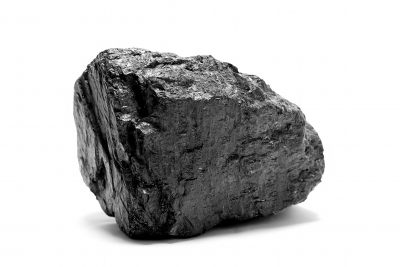Learn more about when to replace a carbon monoxide detector to make sure it is always in good working condition.

When to Replace a Carbon Monoxide Detector
Carbon monoxide is a type of gas that is colorless and odorless, and can be very poisonous. Carbon monoxide is produced when carbon- based fuel is not completely burned. Outside, the carbon monoxide in the air can get dispersed easily. However, malfunctioning appliances that use gas fuel also emit carbon monoxide. This includes common home appliances such as HVAC (heating, ventilation and air conditioning) units, ovens, ranges, dryers and washers. A carbon monoxide detector installed in your home will warn you if there is carbon monoxide present in the air. This helps provide security to you and your family, and allows you time to exit your home or the building before the carbon monoxide reaches poisonous levels.
However, carbon monoxide detectors do not last forever. For starters, those that are battery- operated will need new batteries.
So when to replace a carbon monoxide detector? When this alarm was first introduced in the market, the early models had a lifespan of 2 years. With the advancement in technology, new models now offer a longer lifespan. Many manufacturers advertise their carbon monoxide detectors to last up to 5 to 7 years. Most units will have a display that will tell you when to replace a carbon monoxide detector. However, if the unit is not functioning properly, replace it even before its expiration date. Check the manufacturer’s manual and review the information about the expiration date.
The batteries used in your carbon monoxide detector will also wear out. Typically, batteries may last up to 2 to 3 years. However, this will depend on the type or brand of the battery you are using as well as other factors such as how often you test your detector. The carbon monoxide detector will display the lifespan of the battery. Take precautionary measures by checking the battery information on the display twice a year. An easy way to remember this is to do it when you move your clocks one hour forward and backward as you change to and from Daylight Savings Time.
If you have a hard- wired carbon monoxide detector, make sure your unit has a backup battery in case of a power failure.
Carbon monoxide detectors can help prevent deaths that come from carbon monoxide poisoning. However, it can only do its job if it is working properly. It is, therefore, important to know when to replace a carbon monoxide detector and its batteries.
Learn more about when to replace a carbon monoxide detector, as well as installation and other related information from RJ Gas.








